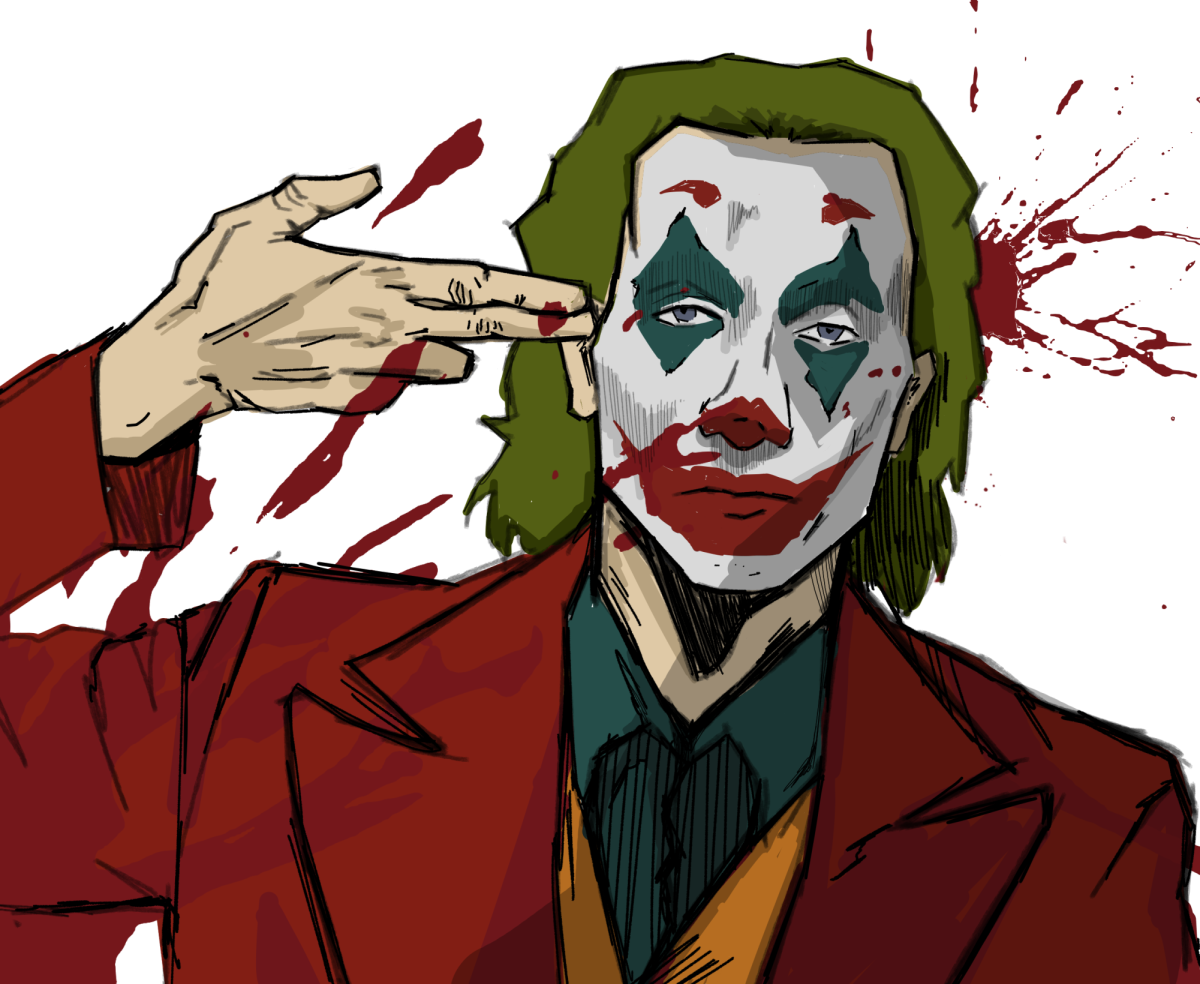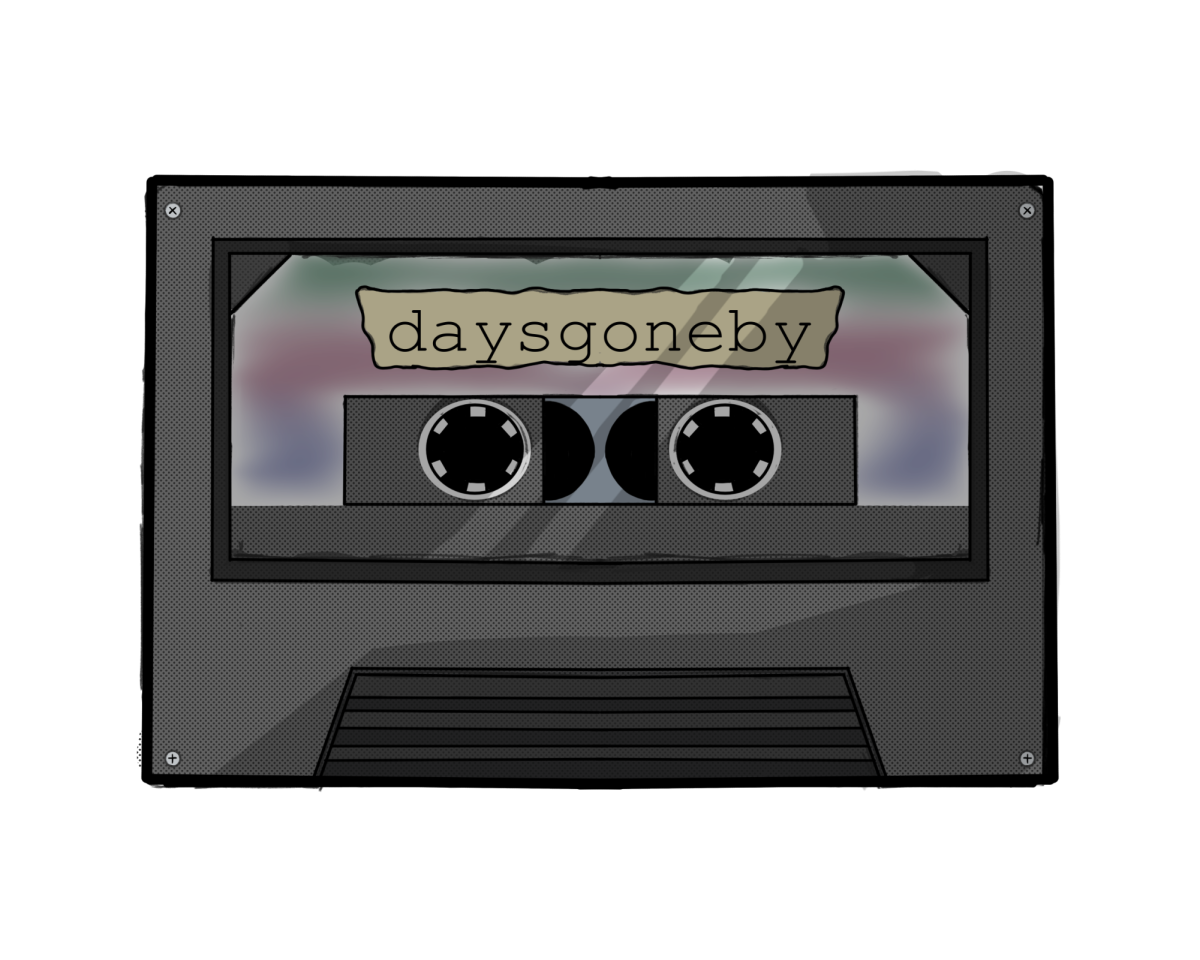

Director Todd Phillips and actor Joaquin Phoenix return to bring one more chapter to the iconic story of the first Joker film but with a splash of musical sequences added to the mix. Phillips had originally made the first film thinking it would be a standalone film. With the film making over a billion dollars at the box office, being nominated and even winning many awards at the Oscars, it was clear there was pressure on Phillips from Warner Bros Studios to make more with the story he had in mind.
This time, however, the studio supported the project with a whopping budget of $200 million for the film and added Lady Gaga into the mix. While audiences did not think a sequel was necessary, fans were still cautiously optimistic holding out hope that Phillips and Phoenix would deliver with the sequel. “Joker: Folie à Deux” takes this hope and bashes it in the skull with an oversized gavel.
Despite being filled with gorgeous cinematography, it does not amount to much when the camera’s focus is on something that feels like a drag for two hours. What is worse, is when the film is trying to say something, begin interesting but becomes frustrating since most of the film’s ideas attempt to go back to what the entirety of the first film amounted to.
The acting in the film is phenomenal, yet feels bogged down by the poorly done musical sequences. At times, they succeed in developing the story and what the characters are feeling, but most of the time they just feel intrusive and pointless. The greater problem is that it ends up holding back the ability of Phoenix and Gaga to improve the film with their musical capabilities.
Another problem with this approach is howthe film never really seems to decide on what it wants to be. It ends up feeling like an ugly moshpit of a beautiful musical on par with “Titicut Follies,” and a genuine drama trying to continue the feel and tone of the first film. It just ends up being a bitter mess with a lot of letdowns.
Some respect can be had for this movie with what it was intending to do. It seems the script was aiming to try and mock the idea some had with the first film, that the Joker was a figure to be looked up to, rather than being a product of society oppressing the mentally ill. At first, it almost works, as the first half of the film delves deeper into Arthur Fleck’s psyche in an interesting way and presents a lot more than in the later half. It fails by making it seem like Arthur did not did not change at all from the first film. In the first film, the audience was able to view deep enough into Fleck’s damaged psyche to understand him, and they felt bad for him because of how grim the world felt while still being believable. There is an attempt made to recreate that in this film, but at many points, it feels cartoonish, pointless, or even downright pathetic.
This, however, only leads into the second half which seems to insult everything that made the character interesting or at times sympathetic in both this film and the first one. The ending of the film is something that could have worked if the film was more streamlined in what it intended to do, but it ends up feeling like a blob of spit to the eye.
There is a lot to appreciate about “Joker: Folie à Deux,” and a cult following could even grow due to its polarizing and unique approach. But for now, it seems everyone will be laughing at the clown, rather than with the clown.








